The container was developed during the Second World War to carry additional supplies to be dropped with Paratroopers and for later resupply purposes.
Initially named the CLE after the Central Landing Establishment, it could contain various weapons, ammunition, rations, medical equipment, radios and even the small Welbike motorcycle. Later it was officially named the Container Light Equipment.
Initial variants were canvas bags with internal supports, but the chosen design consisted of a metal tube with large access doors. It was attached via a trestle to the aircraft, usually a Dakota (and later Hastings) and several could be carried on each flight.
The CLE parachute was contained in a canvas bag atop the container and the parachutes themselves were colour coded, depending on contents and the operation, and could range from khaki through to blue, yellow, red and white.
The collapsible crash pad dome at the base of the container was designed to take the impact of the landing.
The CLE was produced in 3 main types:
CLE MK 1 was a cylindrical shape with metal supports and wooden panels. Internally it could be divided into sections by the use of removable wooden dividers. It was opened via 3 latches. It weighed approximately 46 kg and up to 159 kg fully laden. It was 1.70 m long with a diameter of 40 cm.
CLE MK 1T was almost identical to the MK 1, but was of all metal construction. Empty it weighed 61.5 kg and, again, 159 kg fully laden.
CLE MK III was of metal construction and 1.80 m long. It used both the MK 1 and Type C parachute. It had 2 latches instead of the three of the earlier models.
There was a lighting system used on the CLE for identification during night drops consisting of 4 small lamps mounted on a frame and powered by a battery. There were also experiments with smoke generators to highlight containers in the daytime. Most were painted in light colours, such as white, to aid recovery.
The containers provided much needed extra supplies to the lightly equipped Airborne Forces and were used post war, including Op Musketeer.

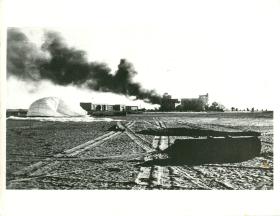
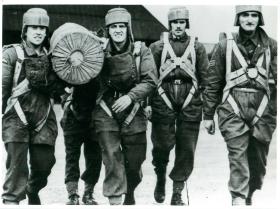
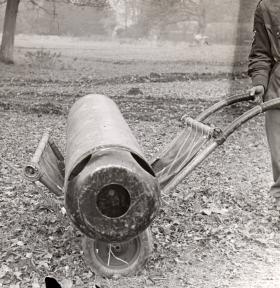
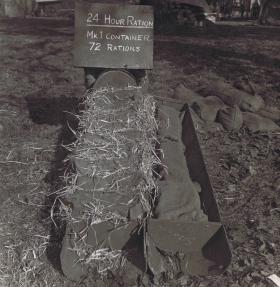
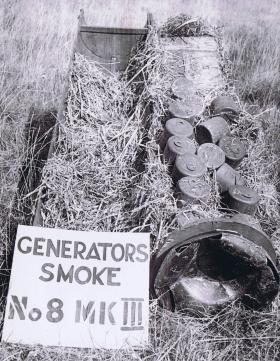
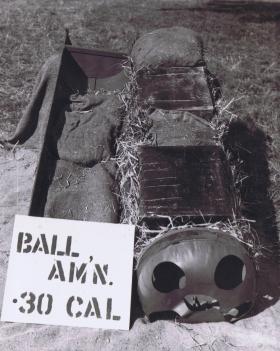
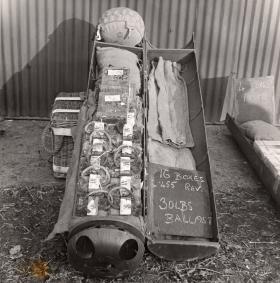
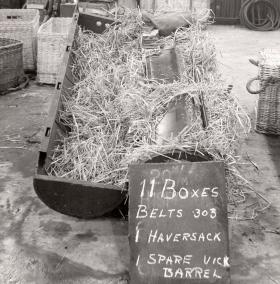
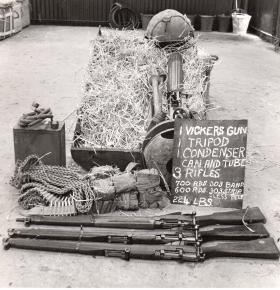
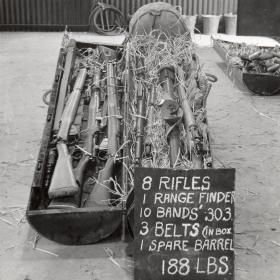
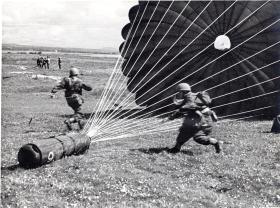
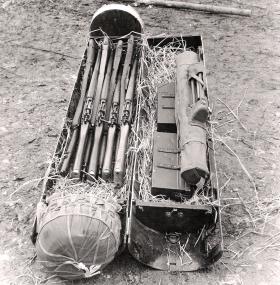
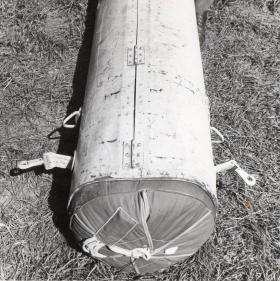
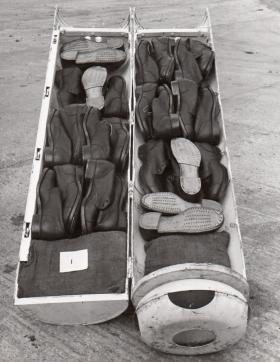
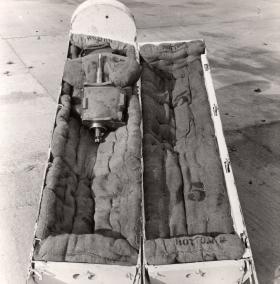
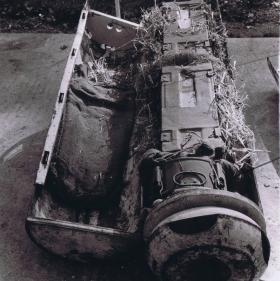
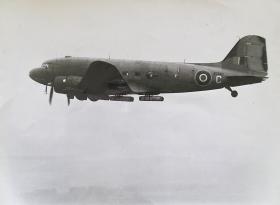
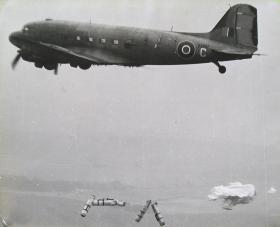
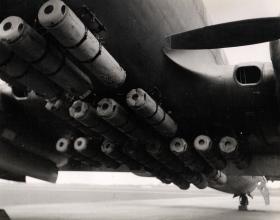
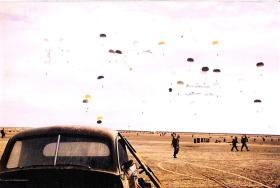
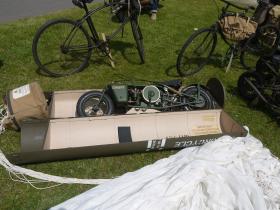
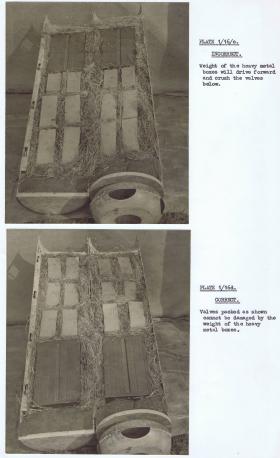
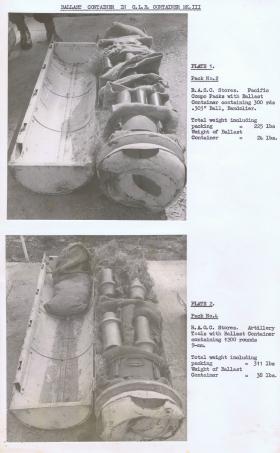
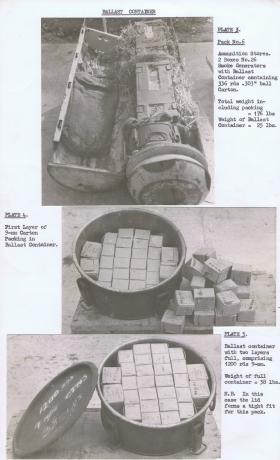
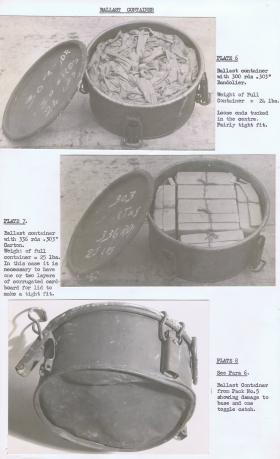
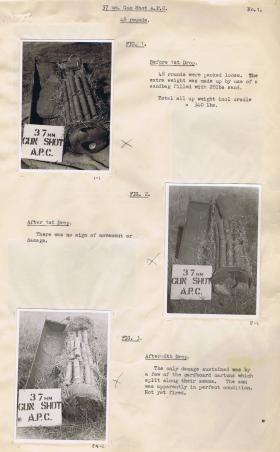
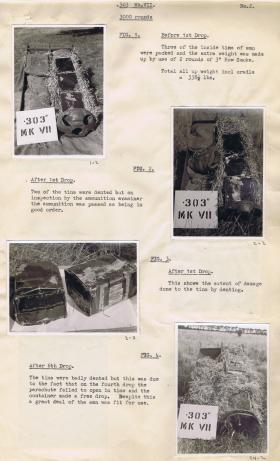
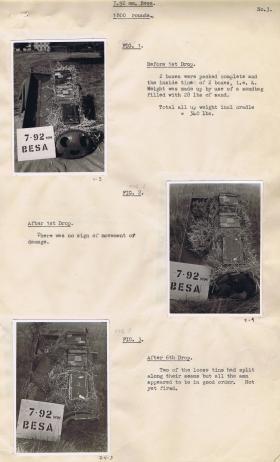
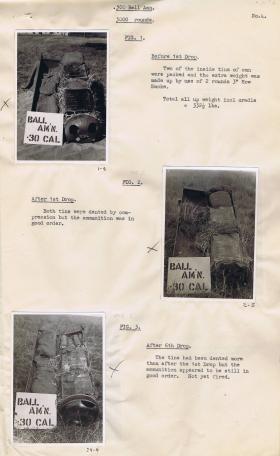
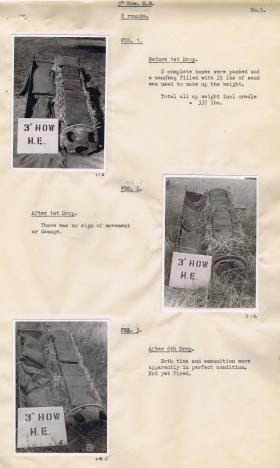
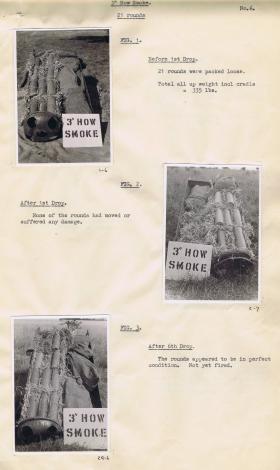
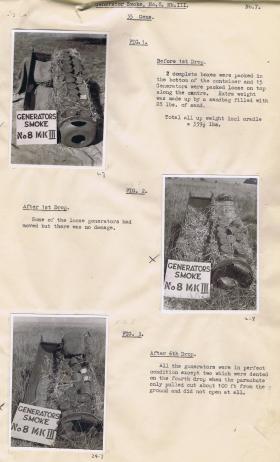
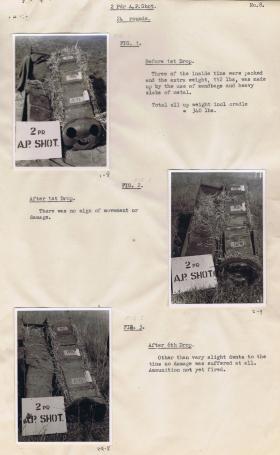
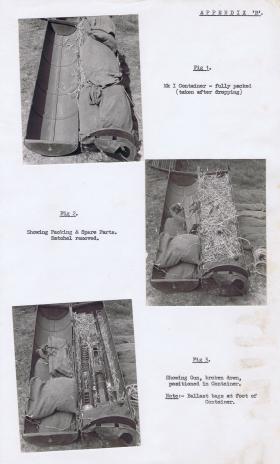
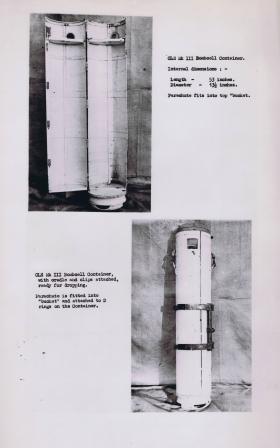
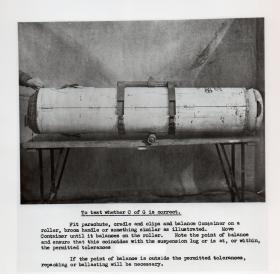
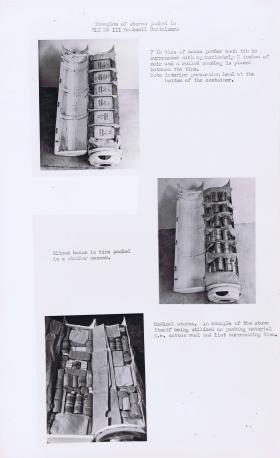
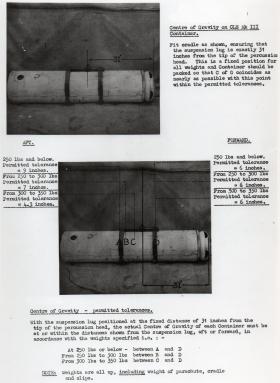
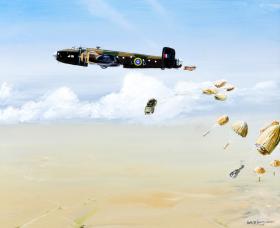




Latest Comments
There are currently no comments for this content.
Add Comment
In order to add comments you must be registered with ParaData.
If you are currently a ParaData member please login.
If you are not currently a ParaData member but wish to get involved please register.